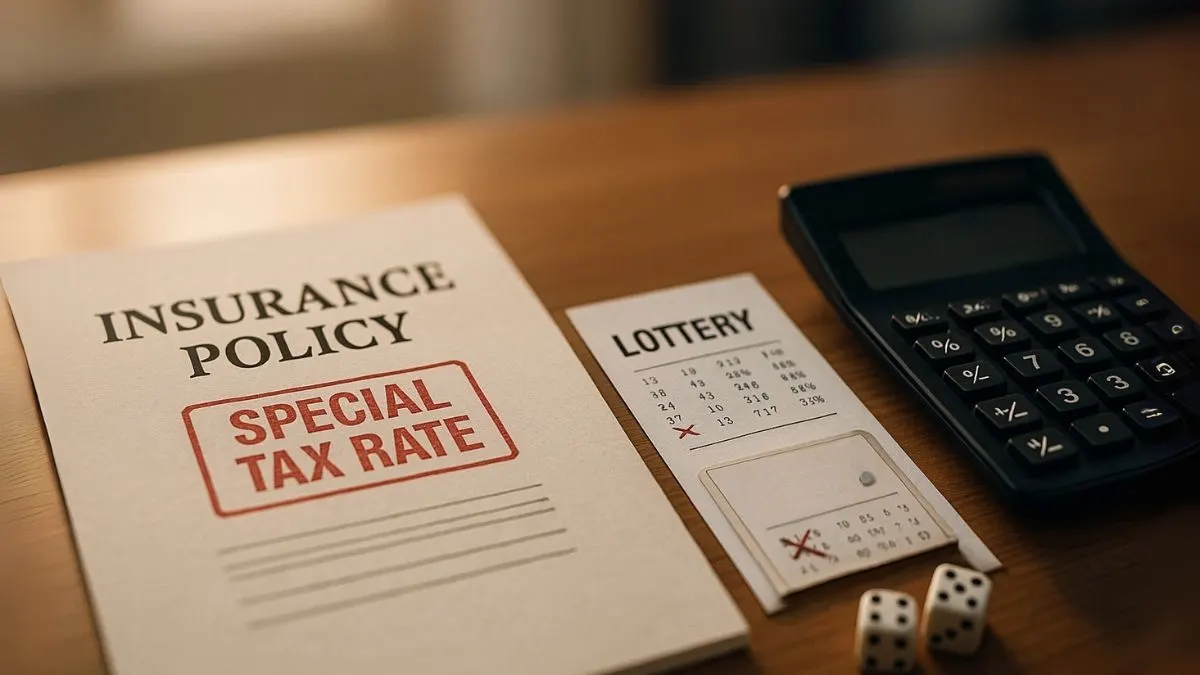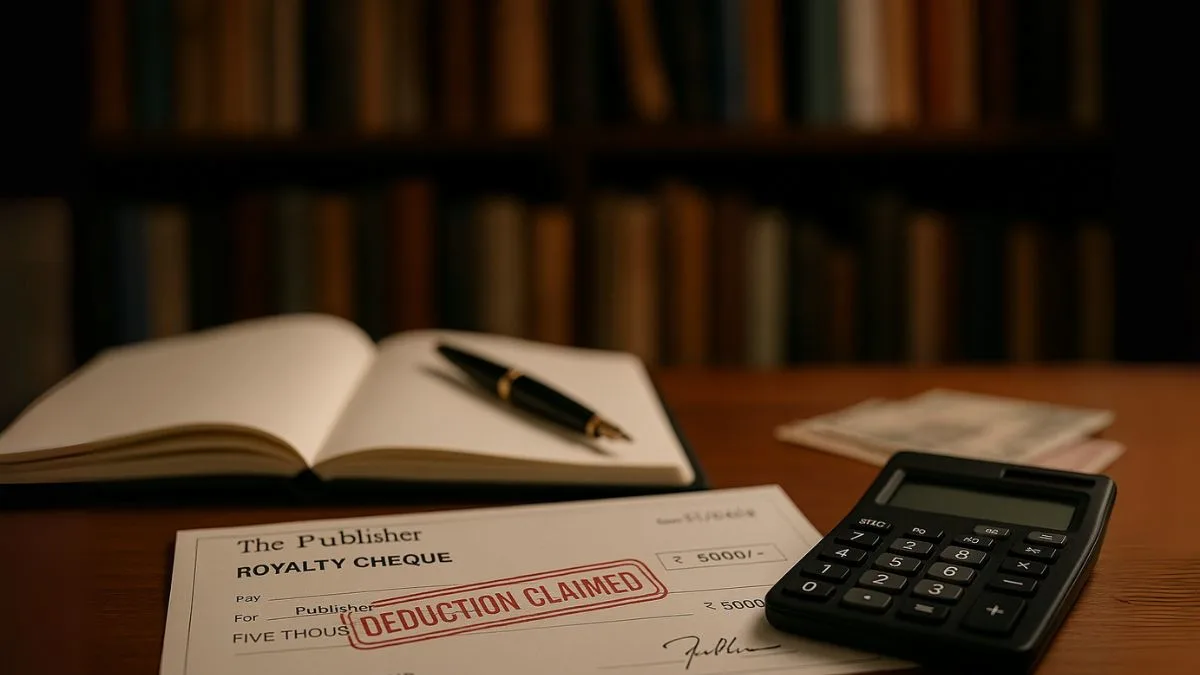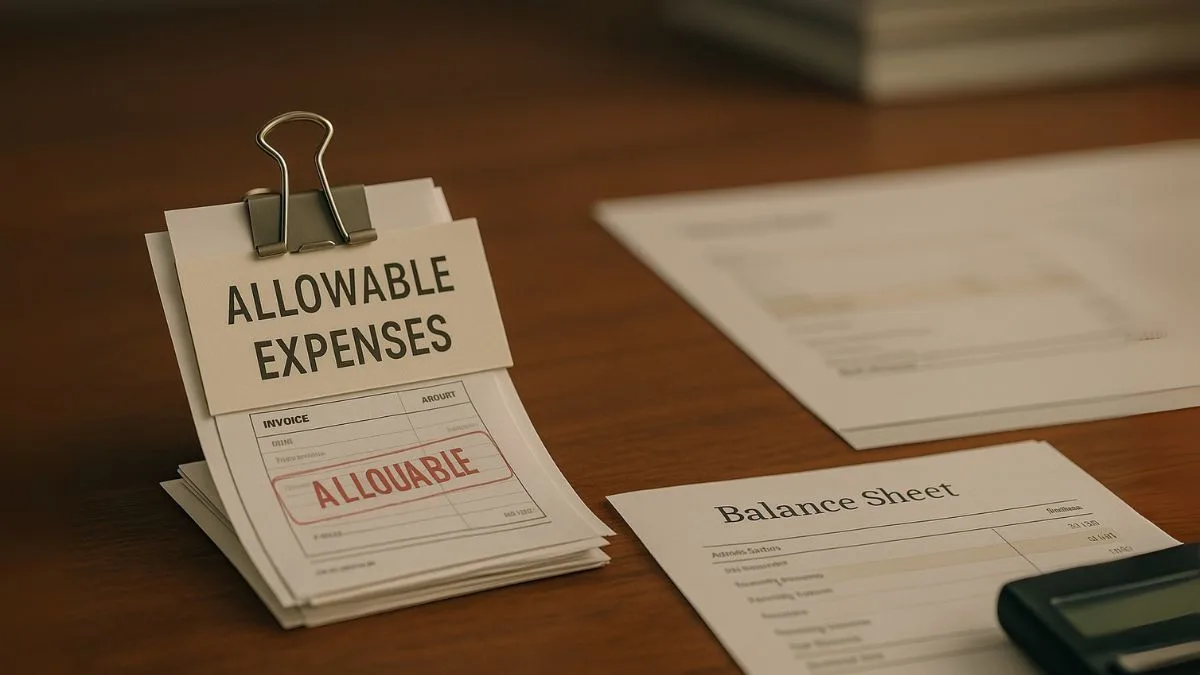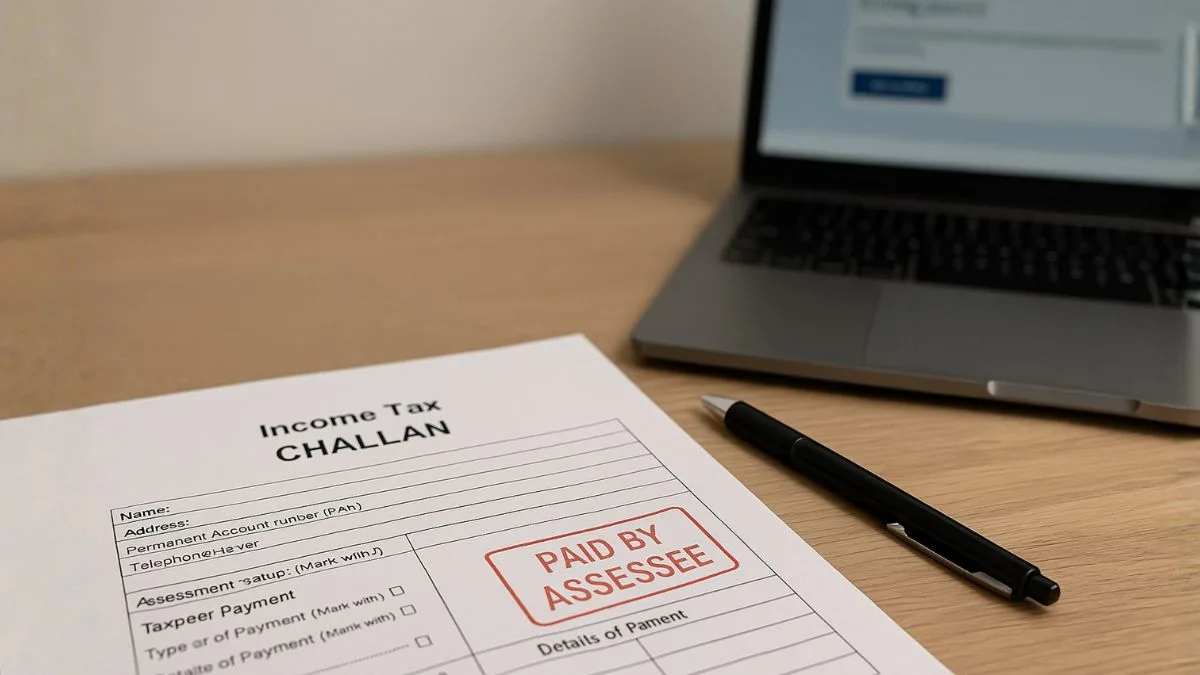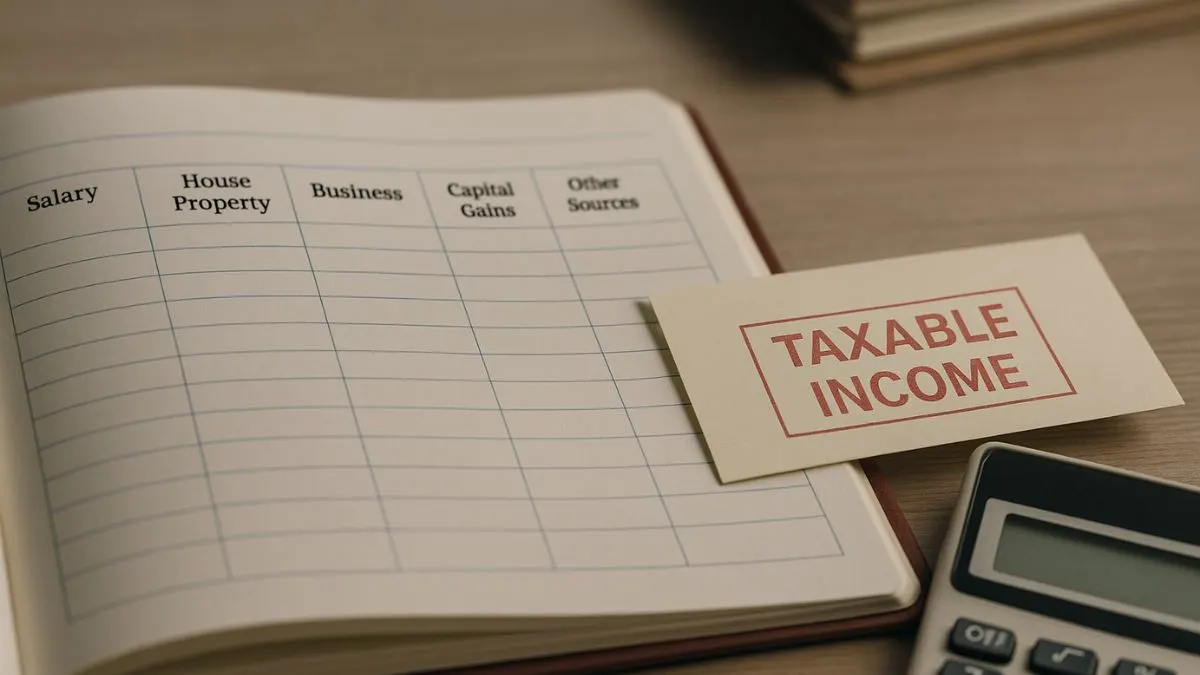
Imagine receiving a notice from the Income Tax Department asking you to explain a hefty cash deposit or unaccounted investment. If your answer doesn't satisfy the tax officer, your income may fall under Section 115BBE of the Income Tax Act—a provision known for its harsh tax implications on income from undisclosed or unexplained sources.
This section isn’t just about taxing extra income. It’s about punishing financial opacity.
What is Section 115BBE?
Section 115BBE deals with the taxation of income that has not been disclosed or is unexplained, usually detected during assessments under Sections 68 to 69D of the Income Tax Act. It comes into play when a taxpayer has:
- Unexplained cash credits
- Unexplained investments
- Unexplained money or jewellery
- Expenditure for which no explanation is offered
- Borrowed amounts or repayments not satisfactorily explained
In simple words, it deals with the taxation of income earned from undisclosed sources, where the source of funds is shady, vague, or undocumented. "
Why Section 115BBE Was Introduced
This section was originally introduced in 2012, but became a tax weapon post-demonetisation in 2016. At that time, a massive influx of cash deposits raised red flags across the tax system. To curb the rise of black money & money laundering, Section 115BBE was strengthened.
The result? Unexplained income now faces an ultra-high tax rate, leaving almost no room for manipulation or evasion. "
What Is Taxed Under Section 115BBE?
This section covers the taxation of certain incomes that are considered unexplained. These are typically flagged by Assessing Officers when the taxpayer fails to provide credible source documents or proof.
The tax rate? 60% flat tax, plus a 25% surcharge & 4% cess. That’s a total effective rate of 78%—almost double the normal tax rate.
Key Features at a Glance
|
Particular |
Section 115BBE Tax Treatment |
|
Applicable Income |
Unexplained credits, investments, expenditures |
|
Tax Rate |
60% flat |
|
Surcharge |
25% on tax |
|
Cess |
4% on tax surcharge |
|
Effective Rate |
Approx. 78% |
|
Set-Off of Losses |
Not allowed |
|
Deductions |
None permitted |
|
Reliefs/Exemptions |
Not applicable |
Real-Life Example to Understand
Let’s say a person shows ₹12 lakh as income in the ITR but deposits ₹35 lakh in cash. On questioning, they can’t give a proper explanation. If the assessing officer deems the ₹35 lakh as unexplained income:
- Tax at 60% = ₹21 lakh
- Surcharge @25% = ₹5.25 lakh
- Cess @4% on ₹26.25L = ₹1.05 lakh
- Total Tax Liability = ₹27.3 lakh
This means ₹35 lakh earns a tax bill of ₹27.3 lakh under Section 115BBE. Brutal, right?
Why You Should Be Cautious
Many people assume small, unexplained entries won’t be caught. But Section 115BBE applies even to petty discrepancies if flagged. It’s not about the size of the amount but the lack of clarity & documentation.
Common triggers include:
- Large cash deposits
- Unsecured loans without proper agreements
- Investments not linked to recorded income
- Gifts without gift deeds
- Bogus entries during audits
Even if you forgot to mention something innocently, you may still get taxed under this section.
How to Stay Safe from Section 115BBE
- Maintain documentation for all financial transactions.
- Declare all income, including gifts, interest, and capital gains.
- Avoid fake entries or layering to hide sources.
- Do not deposit large cash without a paper trail.
In short—be honest, be transparent, & keep paper proofs handy.
Final Word
Unexplained income can cost you 78% in taxes. Don't wait for a tax notice to start taking your ITR seriously. Let our CA experts at Callmyca.com help you file transparently, claim what’s yours, & dodge painful penalties.



